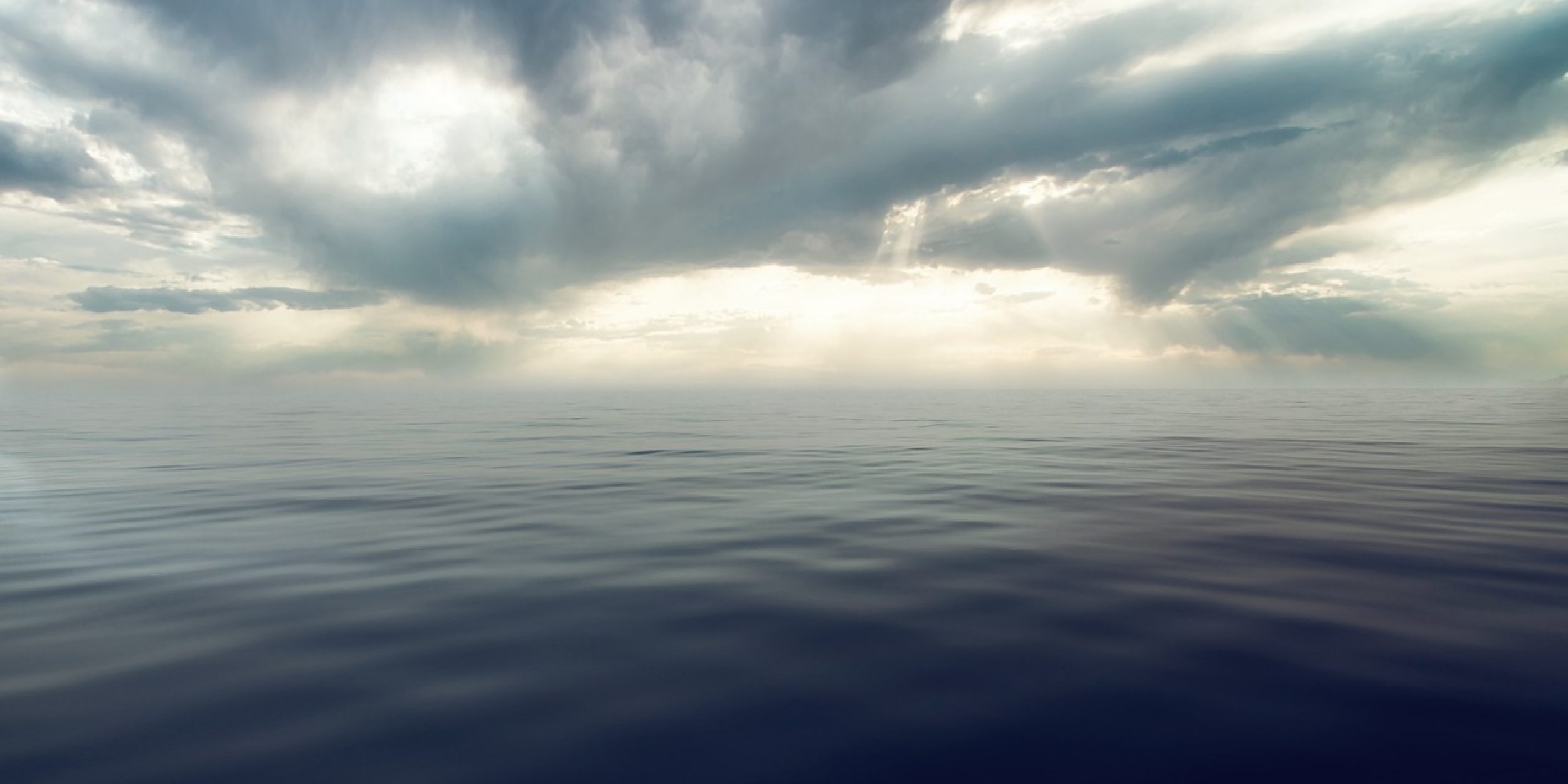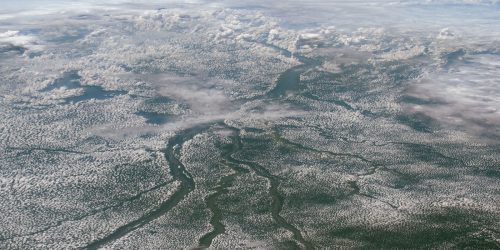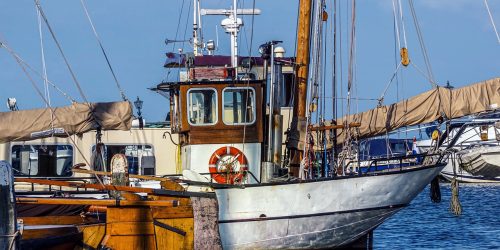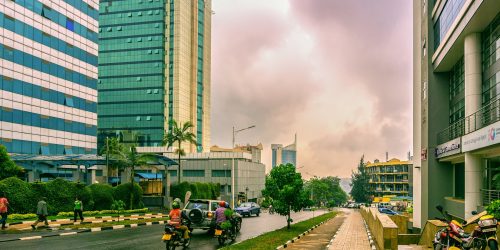A new scientific study explores how the Madden-Julian Oscillation (MJO) impacts Atlantic tropical cyclone (TC) activity on a subseasonal timescale. The Climate Program Office’s Climate Variability & Predictability (CVP) Program partnered with NOAA’s National Weather Service – Office of Science and Technology (OSTI) Modeling Division to support this project through an initiative to improve seasonal to subseasonal biases in the way models represent precipitation processes. CVP-supported scientist Ben Kirtman of the University of Miami worked with a team of researchers from the Naval Research Council and the Naval Research Lab to identify key links between the MJO and storms in the Atlantic Ocean.
The MJO is a large region of storms and winds that moves slowly eastward from the Indian Ocean eastward into the Pacific over the course of a 40–90 cycle. It influences TC activity by altering various atmospheric conditions, including wind shear, which refers to the difference in wind speed and direction at different altitudes. The results of this study, published in Geophysical Research Letters, found that when the MJO moves slowly, there is an increase in TC activity in the Atlantic due to reduced wind shear over key regions like the Caribbean. Understanding the relationship between the MJO’s movement speed, wind shear, and TC activity during this phase could improve forecasting models for subseasonal TC activity in the Atlantic.
For more information, contact Clara Deck.
Image credit: Pixabay










